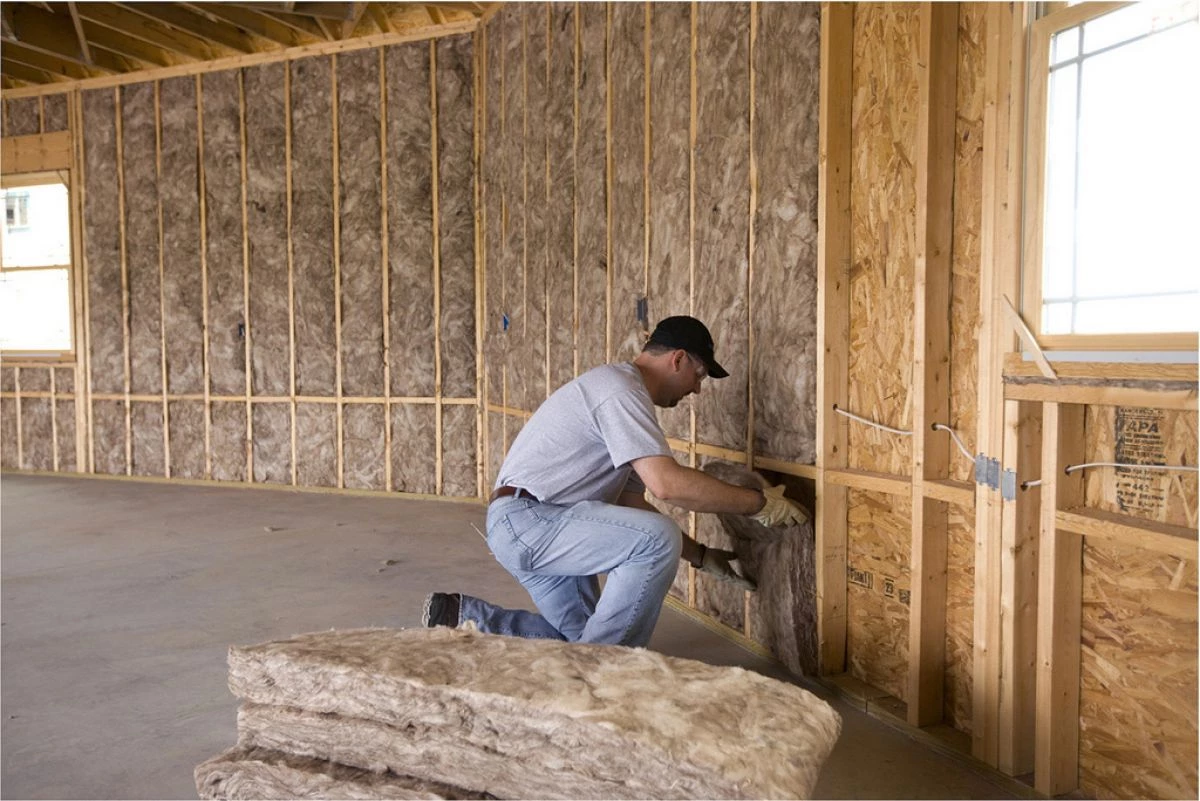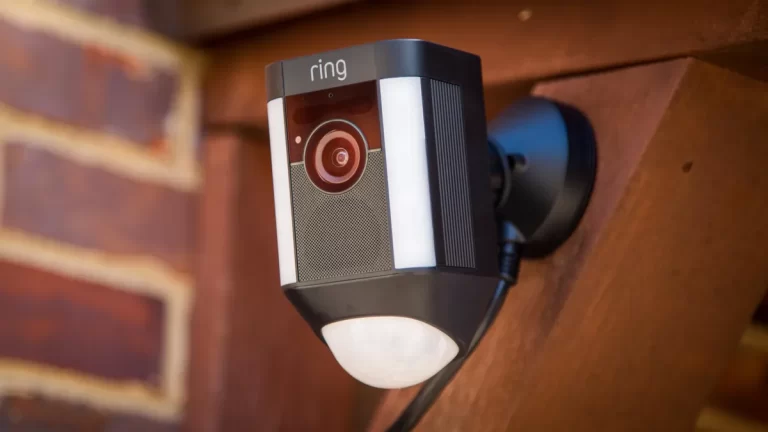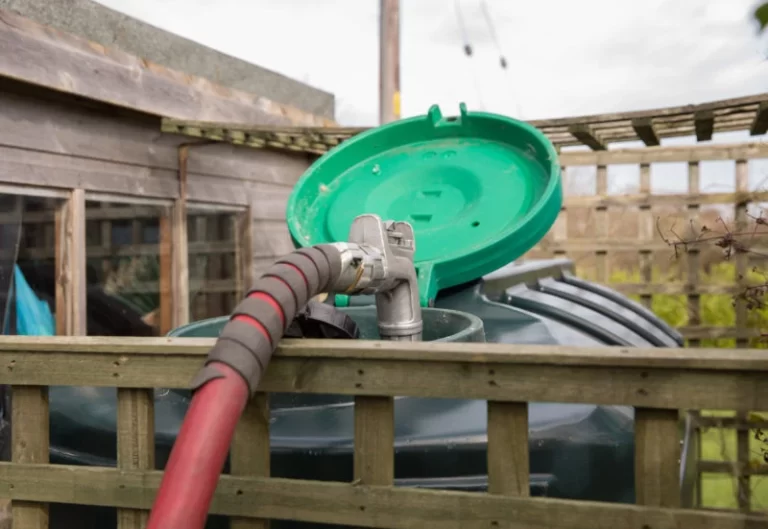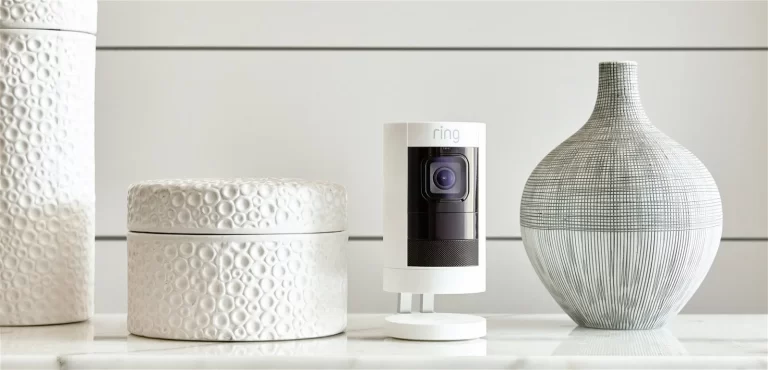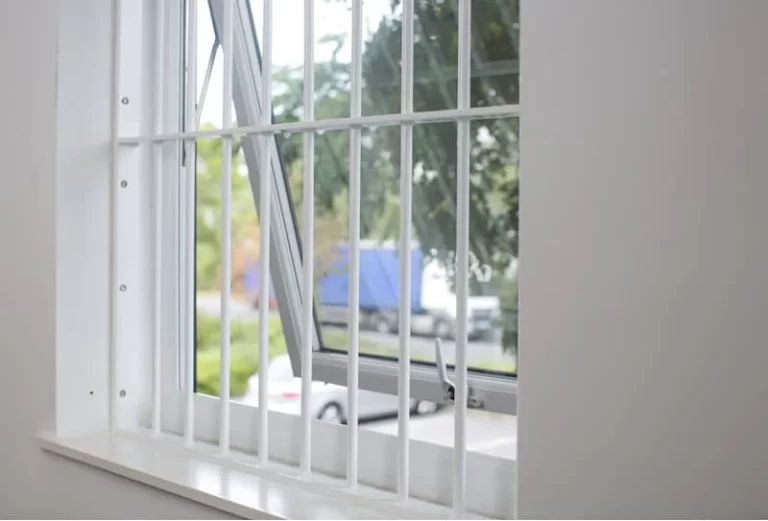What is the Best Insulation to Use For a House? Fiberglass
What is the best insulation to use for a house? Choosing the best insulation for your house can be a significant decision that affects your comfort and budget in the long run. Read on to learn about the best insulation for your house.
Understanding the Importance of House Insulation
House insulation is essential as it creates a thermal barrier between the interior and exterior environments. When it comes to keeping your home comfortable and energy-efficient, proper insulation plays a crucial role.
Insulation helps regulate indoor temperature, reduces energy consumption, and minimizes the impact of external weather conditions.
During the hot summer months, insulation helps to keep the interior cool, while in winter, it retains heat, ensuring a cozy living space.
By reducing the need for excessive heating or cooling, insulation also contributes to lower energy bills and a reduced carbon footprint.
Types of House Insulation
Here are some types of house insulation:
1. Fiberglass Insulation
Fiberglass insulation is one of the most common and cost-effective options available. It consists of fine glass fibers and is available in batts, rolls, or loose-fill form.
Fiberglass insulation is easy to install and offers reasonable R-value performance.
2. Cellulose Insulation
Made from recycled paper products treated with fire-retardant chemicals, cellulose insulation is an eco-friendly choice. It is ideal for insulating irregularly shaped areas and provides better resistance against air leakage.
3. Spray Foam Insulation
Spray foam insulation expands and solidifies after application, creating a highly effective air and moisture barrier.
It is ideal for hard-to-reach spaces and offers excellent R-value performance, but professional installation is necessary.
4. Mineral Wool Insulation
Mineral wool insulation, also known as rock wool or slag wool, is a fire-resistant option made from natural minerals. It offers good soundproofing properties and is suitable for areas requiring fire protection.
5. Reflective Insulation
Reflective insulation incorporates reflective materials to repel radiant heat, making it suitable for hot climates. It is often used in attics and crawl spaces to reflect heat away from the living areas.
Factors to Consider When Choosing the Best Insulation
To choose the best insulation, here are some major factors to consider:
1. R-Value
The R-value measures the insulation’s thermal resistance, indicating its effectiveness in resisting heat transfer. A higher R-value provides better insulation performance, particularly in regions with extreme climates.
2. Environmental Impact
Consider eco-friendly options like recycled materials or natural fibers if reducing your carbon footprint is a priority.
3. Moisture Resistance
Choose insulation materials with good moisture resistance, especially for areas prone to humidity and water exposure.
4. Installation Cost
Evaluate the upfront cost of the insulation material and compare it to the potential energy savings over time.
5. Longevity
Some insulation types may require replacement or upgrading over time. Consider the durability and lifespan of the chosen insulation material.
Conclusion
Choosing the best insulation for your house is a vital decision that affects your comfort, energy bills, and the environment.
Consider factors such as R-value, environmental impact, moisture resistance, and installation cost when making your choice. Invest in high-quality insulation to create a cozy and energy-efficient living space.
READ ALSO!!!
